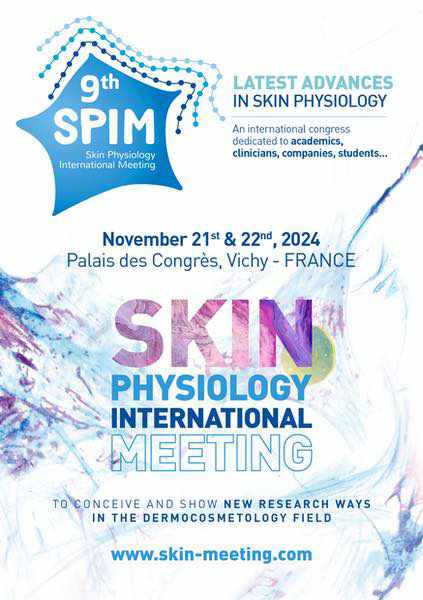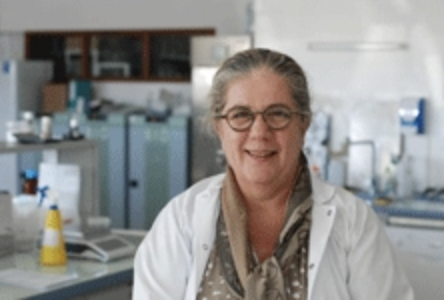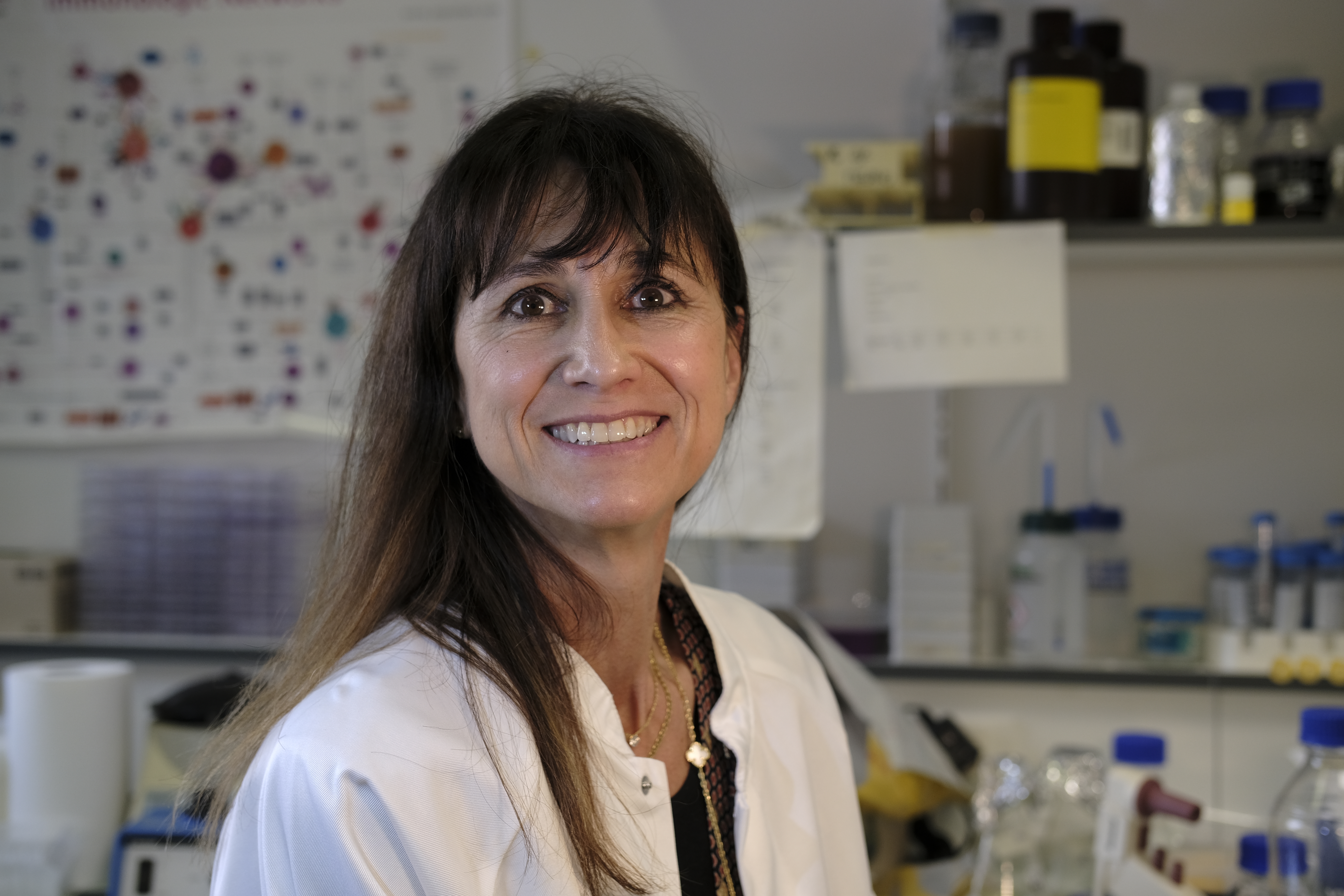PLANNING AND TOPICS
SPIM 2024 - 9thedition
SKIN HOMEOSTASIS
Nov. 21st, 2024 9.00 – 10.30 am
-

Dr Enikö SONKOLY
Department of Medical Sciences, Uppsala University (IMV), Sweden View more -

Prof. Kathleen J. GREEN
Robert H. Lurie Comprehensive Cancer Center of Northwestern University, USA View more -

Prof. Tiago R. MATOS
Amsterdam University Medical Center, Netherlands View more
10.30 – 11.00 am – Posters Session
11.00 – 12.30 pm – Young Researchers Session
EMERGING CONCEPTS
2.00 – 3.30 pm
-

Dr Eric LAGADEC
Astrophysician at the Lagrange Laboratory of the Observatoire de la Côte d'Azur-UCA, France View more -

Prof. Fabrice PIROT
Edouard Herriot Hospital, LBTIT UMR 5305, Faculty of Pharmacy, France View more -

Prof. Stuart JONES
King's College London, UK View more
3.30 – 4.00 pm – Posters Session
4.00 – 5.30 pm – Young Researchers Session
5.30 – 7.00 pm – Meeting with a Painter
8.00 pm – Gala Dinner
SKIN BARRIER
Nov. 22nd, 2024 9.00 – 10.30 am
-

Prof. Akemi ISHIDA-YAMAMOTO
Asahikawa Medical University, Japan View more -

Prof. Arup K. INDRA
Oregon Health & Sciences University, USA View more -

Prof. David MOORE
University of Edinburgh, Scotland View more
10.30 – 11.00 am – Posters Session
11.00 – 12.30 pm – Young Researchers Session
AGING
2.00 – 4.00 pm
-

Prof. Nektarios TAVERNARAKIS
Medical School, University of Crete, Greece View more -

Dr Charareh POURZAND
Centre for Bioengineering and Biomedical Technologies, University of Bath, UK View more -

Dr Miguel GODINHO-FERREIRA
IRCAN University Côte d'Azur - INSERM U1081 - UNS PARIS VII, France View more
4.30 – 5.30 pm – GREENTECH AWARDS CEREMONY
The Best Poster
The Best Jr Scientist Award


















